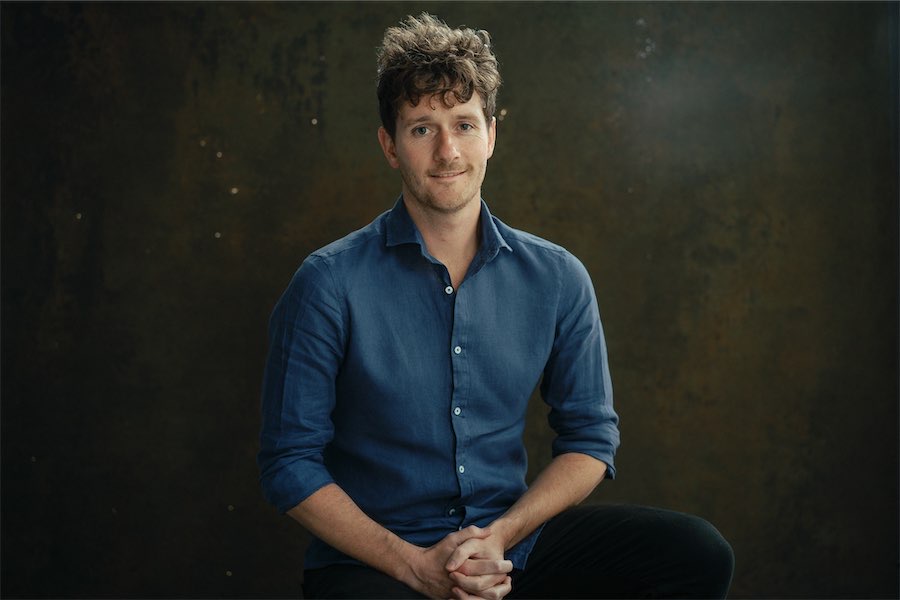
IN what its director Mathew Trinca called “a powerful act of friendship and respect,” the National Museum of Australia has signed an MOU with the National Museum of Singapore.
The signing, by Trinca, who is also co-chair of the Australia-Singapore Arts Group and Hwee Nee Chang, chief executive of the National Heritage Board Singapore, took place during the launch of the NMA’s newest exhibition, “Voyage,” a display of early 19th century drawings of animals and plants from south-east Asia.
The digital installation, enhanced by a commissioned soundtrack, is housed in a large, dark interior dome.

The four-minute animation features 30 works while the rest of the collection appears on a digitised touch screen in an exhibition, the museum says, of “engaging hybridity”.
The 477 watercolour drawings include animals such as the rhinoceros hornbill, cowtail stingray, flower crab, and the Malayan tapir, which are given movement and life through animation.
They were originally commissioned by Scottish colonial officer William Farquhar, Singapore’s first resident and commandant, from Chinese artists living in Melaka, (Malacca) where Farquhar had previously been posted.
Farquhar was fascinated by the local fauna and flora, and was the first person to formally describe the Malayan tapir to the Asiatic Society of Bengal in 1816, and even reared a juvenile tapir at his residence, feeding it on bread and cake.
National Museum of Singapore director, Chung May Khuen, explained that unlike European scientific documenters of flora and fauna, the Chinese artists had been trained in a different tradition which often injected a story into the picture.
She said that “Voyage”, had been inspired by a successful immersive exhibition at the National Museum of Singapore, “Story of the Forest”, and like it was intended to create emotional engagement as well as showing the natural wonders of Singapore and the Malay peninsula.
Considering the number of endangered species on show in the installation, she said: “We wanted it to be a platform for a conversation, propelling people to think about larger questions, while allowing us to think about the past, present and future.”
This, she said, was a critical role of the museum.
“Voyage: Experience the William Farquhar Collection of Natural History Drawings of Southeast Asia”, National Museum until November 5. Entrance is free.
Who can be trusted?
In a world of spin and confusion, there’s never been a more important time to support independent journalism in Canberra.
If you trust our work online and want to enforce the power of independent voices, I invite you to make a small contribution.
Every dollar of support is invested back into our journalism to help keep citynews.com.au strong and free.
Thank you,
Ian Meikle, editor




Leave a Reply